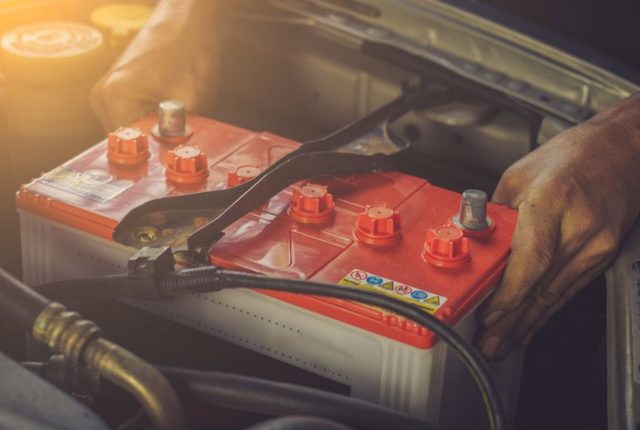
The battery is discharged - how to connect and use jumpers correctly
It's cold outside and the car won't start. An awkward situation that can happen to anyone. The fault is often weak acc. a discharged car battery that usually stops working during the winter months. In such cases, it will help either to quickly charge the car battery (the so-called revival, if there is time and place), replace it with a second charged one, or use leashes and start driving with a second vehicle.
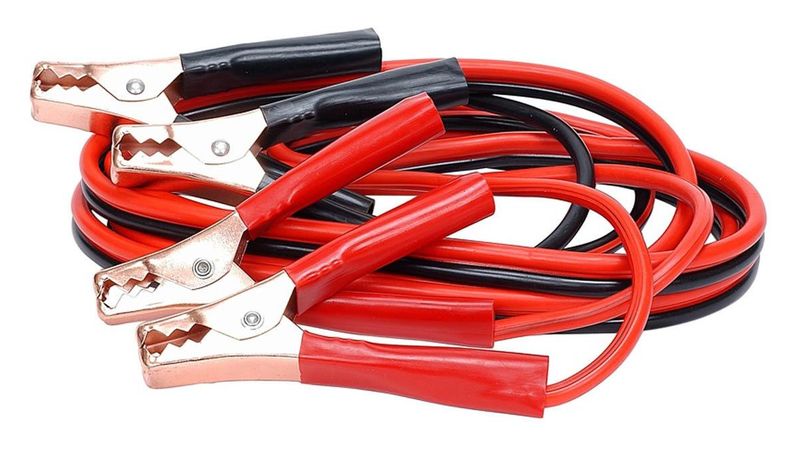
There are several reasons why a car battery stops working during the winter months.
The first reason is her age and condition. Some batteries are ordered two or three years after the purchase of a new car, some will last up to ten years. A weaker state of the car battery manifests itself precisely on frosty days, when the capacity of the accumulated electricity decreases significantly when the temperature drops.
The second reason is that more electrical equipment is turned on during the winter months. These include heated windows, seats, mirrors or even the steering wheel. In addition, diesel engines have electrically heated coolant, as they themselves generate little waste heat.
This electrical coolant heater operates while the engine is up to temperature and consumes most of the electricity produced by the alternator. From the foregoing, it is clear that in order to recharge a weakened car battery at the start, it is necessary to make a longer drive - at least 15-20 km. In the case of compact cars with a small gasoline engine and weaker equipment, a drive of 7-10 km is sufficient.
The third reason is frequent short trips with a cold engine. As already mentioned in the previous paragraph, at least 15-20 km resp. 7-10 km. On shorter trips, there is not enough time to properly charge the car battery, and it gradually discharges - weakens.
The fourth reason why a car battery stops working during the winter months is the high energy content of a cold start. The glow plugs of a frozen engine are slightly longer, as is the start itself. If the car battery is weaker, a frozen engine will only start with problems or not start at all.
Sometimes it happens that the car battery breaks obedience even in the warmer months. The car battery can also be discharged in cases where the el. vehicle, the vehicle is idle longer, and some devices consume a small but constant current after shutdown, an error (short circuit) has occurred in the vehicle's electronics, or an alternator charging failure has occurred, etc.
Battery discharge can be divided into three levels.
1. Complete discharge.
As they say, the car is completely deaf. This means that the central locking does not work, the lamp does not come on when the door is opened, and the warning lamp does not come on when the ignition is turned on. In this case, the launch is the most difficult. Since the battery is low, you need to redirect everything from another vehicle. This means very high requirements for the quality (thickness) of the connecting wires and sufficient capacity of the car battery to start the engine of a non-functional discharged vehicle.

In the case of a completely discharged car battery, it should be borne in mind that its service life decreases very quickly and after a few days, during which it was completely discharged, it is practically unusable. In practice, this means that even if such a vehicle can be started, the car battery accumulates very little electrical power from the alternator, and the vehicle's electrical system essentially lives on only the energy produced by the alternator.
Thus, there is a risk that when switching on a larger amount of energy-intensive electricity. equipment may experience a voltage drop - the generator is not working, which can lead to engine shutdown. Also keep in mind that you will not start the engine without help (cables) after the engine is turned off. To keep the car running, the battery needs to be replaced.
2. Almost complete discharge.
In the case of an almost complete discharge, the car at first glance looks good. In most cases, this is how the central locking works, the lights are on in the doors, and when the ignition is turned on, the warning lamps come on and the audio system is turned on.
However, the problem occurs when trying to start. Then the voltage of the weakened car battery drops significantly, as a result of which the indicator lights (displays) go out and the relay or starter gear extends. Since the battery has very little power, most of the power needs to be redirected to start the car. energy from another vehicle. This means increased requirements for the quality (thickness) of the adapter wires and sufficient capacity of the car battery to start the engine of a non-functional discharged vehicle.
3. Partial discharge.
In the case of a partial discharge, the vehicle behaves in the same way as in the previous case. The only difference arises when trying to start the car. A car battery has a significant amount of electricity. energy capable of spinning the starter. However, the starter motor rotates more slowly and the brightness of the illuminated indicators (displays) decreases. When starting, the voltage of the car battery drops significantly, and even if the starter is rotating, there is not enough starter revolutions to start the engine.
Electronic systems (ECU, injection, sensors, etc.) do not work properly at lower voltages, which also makes it impossible to start the engine. In this case, very little electricity is required to start. energy, and thus the requirements for adapter cables or the capacity of the car battery of the auxiliary vehicle are lower compared to the previous cases.
Correct use of leashes
Before connecting cables, check the acc. clean the places where the cable terminals will be connected - the contacts of the car battery acc. a metal part (frame) in the engine compartment of a car.
- First, you need to start the vehicle from which electricity will be taken. With the engine off of the auxiliary vehicle, there is a risk that a charged car battery will become too juicy due to the aid of a discharged car battery, and eventually the vehicle will not start. When the vehicle is moving, the alternator runs and continually charges the charged vehicle battery in the auxiliary vehicle.
- After starting the auxiliary vehicle, start connecting the connecting wires as follows. The positive (usually red) lead is first connected to the positive pole of the discharged car battery.
- Second, the positive (red) lead connects to the positive pole of the charged car battery in the assisted vehicle.
- Then connect the negative (black or blue) terminal to the negative terminal of the charged car battery in the assisted vehicle.
- The latter is connected to the negative (black or blue) terminal on a metal part (frame) in the engine compartment of a non-functioning car with a dead car battery. If necessary, the negative terminal can also be connected to the negative terminal of a discharged car battery. However, this connection is not recommended for two reasons. This is because there is a risk that the spark generated when the terminal is connected could, in extreme cases, cause a fire (explosion) due to the flammable fumes from a discharged car battery. The second reason is increased transient resistances, which weaken the total current required for starting. The starter is usually connected directly to the engine block, so connecting the negative cable directly to the engine eliminates these crossover resistances.
- After all cables have been connected, it is recommended to increase the speed of the auxiliary vehicle to at least 2000 rpm. Compared to idling, the charging voltage and current increase slightly, which means more energy is required to start the engine with a discharged car battery.
- After starting the car with a discharged (discharged) car battery, it is necessary to disconnect the connecting wires as soon as possible. They are disconnected in the reverse order of their connection.
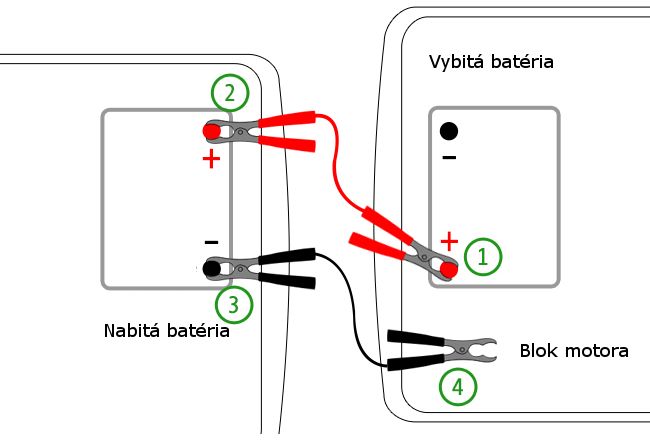
Multiple likes
- After running the cables, it is advisable not to turn on devices with increased energy consumption (heated windows, seats, a powerful audio system, etc.) for the next 10-15 km. half an hour before the next start. However, it takes several hours of driving to fully charge the car battery, and if this is not possible, the weakened car battery must be charged from an external source. power supplies (chargers).
- If a started vehicle goes out after disconnecting the connecting wires, the charging (alternator) is not working properly or there is a wiring fault.
- If it is not possible to start on the first try, it is recommended to wait about 5-10 minutes and try to start again. During this time, the auxiliary vehicle must remain switched on and the two vehicles must be connected to each other. If it fails to start even on the third try, it's probably another error or (frozen diesel, gas engine overrun - need to clean spark plugs, etc.).
- When choosing cables, you need to look not only at the appearance, but also at the actual thickness of the copper conductors inside. This must be indicated on the packaging. Definitely do not rely on naked eye evaluations of cables, as thin and often aluminum conductors are often hidden under rough insulation (especially in the case of cheap cables purchased from pumps or at supermarket events). Such cables cannot carry sufficient current, especially in the case of very weak or. A fully discharged car battery will not start your car.
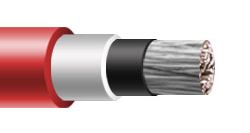
- For passenger cars with gasoline engines up to 2,5 liters, cables with copper conductors 16 mm or more are recommended.2 and more. For engines with a volume of more than 2,5 liters and turbodiesel engines, it is recommended to use cables with a core thickness of 25 mm or more.2 and more.
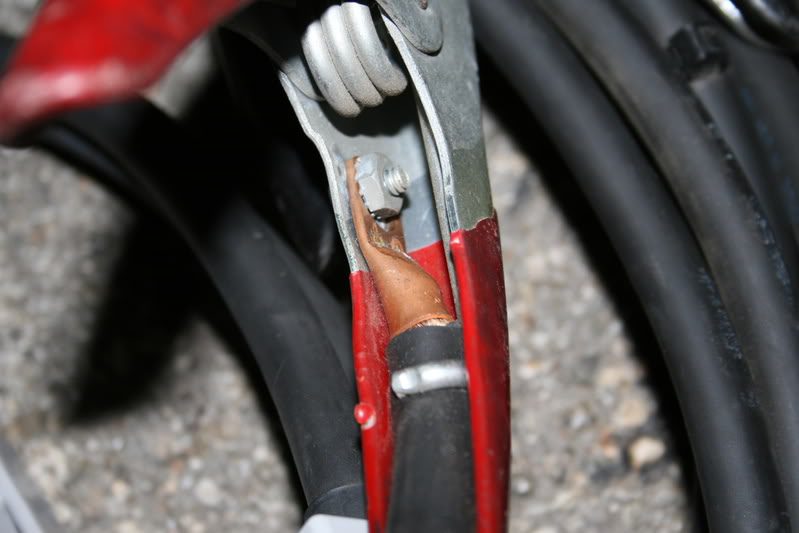
- When buying cables, their length is also important. Some of them are only about 2,5 meters long, which means that both cars have to be very close to each other, which is not always possible. A minimum jump cable length of four meters is recommended.
- When making a purchase, you must also check the design of the terminals. They must be strong, of good quality and with considerable clamping force. Otherwise, there is a risk that they will not stay in the right place, they will easily fall off - the risk of causing a short circuit.

- When performing an emergency start with other vehicle power, you must also carefully select the vehicles or their vehicle battery capacity. It is best to keep an eye on the volume, size, or power of the engine. The vehicles should be as similar as possible. If only partial starting assistance is required (partial discharge of the car battery), then a small battery from the three-cylinder gas tank will also help start a non-functional (discharged) car. However, it is strongly discouraged to take energy from a car battery of a liter three-cylinder engine and start a six-cylinder diesel engine when the car battery is completely discharged. In this case, not only will you not start a discharged vehicle, but most likely you will also discharge the previously charged auxiliary vehicle battery. In addition, there is a risk of damage to the secondary vehicle battery (electrical system).